There was never a good war, or a bad peace. — Benjamin Franklin
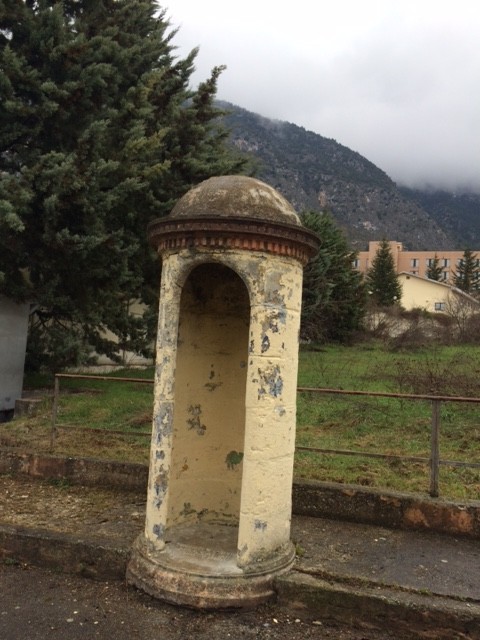 It was raining the day we went to visit Campo PG 78. The PG stands for prigioneri di guerra, prisoners of war. We were told that students from the liceo (high school) would be helping to lead the tour and that they might speak a little English. We brought our friends Novelia and Vittoria with us just in case, and it was a good thing.
It was raining the day we went to visit Campo PG 78. The PG stands for prigioneri di guerra, prisoners of war. We were told that students from the liceo (high school) would be helping to lead the tour and that they might speak a little English. We brought our friends Novelia and Vittoria with us just in case, and it was a good thing.
Campo 78 is not usually open to the public, although it is visible from the abutting property, the remarkable Abbey of Santo Spirito al Morrone in Badia, just a stone’s throw from Sulmona in the Abruzzo region of Italy. The tour was sponsored by FAI, the Fondo Ambiente Italiano, which is essentially the Italian National Trust, modeled after the National Trust in the U.K. Its purpose is two-fold: to promote a culture of respect for Italy’s natural heritage, art, history and traditions; and to protect the legacy that forms a fundamental part of the identity of the Italian people.
The cold March rain fell on us, on the poor students, and on the buildings for the duration of our visit. It caused an eerie mist to cloud over the hermitage of Saint Onofrio halfway up the mountain. It was an uncomfortable day in an uncomfortable place, to be sure. But it helped to partially solve one of the questions I had whenever I visited the region: Why are there so many British, Australian and New Zealand visitors to this region? How did they find this place? Why do they come?
It turns out that Campo 78 was first used as a prison camp during
World War I, when it housed Austrian prisoners who had been captured in the Isonzo and Trentino campaigns. Later, during World War II, it housed as many as 3,000 British and Commonwealth (ANZAC) officers, as well as some other ranks, all captured in North Africa. And it turns out that many descendants of these prisoners come to this region to see where their family members were held during the war. The South African writer and war correspondent Uys Krige was captured at Tobruk in North Africa in 1941 and sent to POW camps in Italy, Campo 78 among them. After two years he escaped and in 1946 wrote the memoir, The Way Out, describing his experiences. We were told that two famous English soccer players were also imprisoned here.
Prisoners were kept in a series of long brick barracks surrounded by a high wall. We were able to go inside one of the barracks, which, at the height of the camp’s occupation, housed as many as 100 prisoners at a time, apparently stacked three high in bunk beds along the walls. Even today, you can see the drawings on these walls that were done by the prisoners – battalion insignias and national crests and so on, making the experience jarringly real.
While we did not hear much about conditions during World War I, we were told that conditions in some Italian camps, including Campo 78, were pretty good, especially for the officers during World War II. Rations consisted of soup and bread, and the locals provided fresh fruits and cheese in season, augmented by deliveries from the Red Cross. The head docent showed us where the football (soccer) field was constructed and said the prisoners also enjoyed cricket and basketball. There was a small library, a theatre, a band, and even a newspaper produced by a group of prisoners.
By the fall of 1943, with the Italian government near collapse, there were
rumors that the Sulmona camp was about to be evacuated. Stunningly, one morning the prisoners awoke to find that their Italian guards had deserted them. By mid-September, German guards came in to take their place and escort them to camps in Germany, but by then hundreds of prisoners had already escaped into the surrounding hills and caves (including Uys Krige), where they were often assisted by the locals, at great risk to themselves and their families.
Campo 78 was not the only military operation in existence in this area during World War II. Smaller camps like Fontana d’Amore (which held British officers) and Villa Orsini (which held senior Allied officers) were very nearby. Today, you can see the camps behind barbed wire as well as a police and prison officers’ training camp, an active high-security prison and one abandoned prison and when you think about it, why not? This area, isolated and surrounded by high mountains on all sides, is nearly impregnable. A good spot for this kind of thing, I suppose.
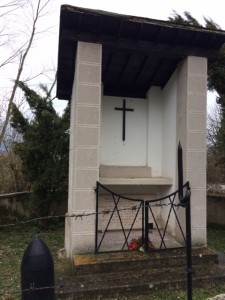 We walked in the rain past the sentry booth, the round guard towers, and the long barracks and glanced over at the long-deserted playing fields, all left in the past and all residing ghost-like behind barbed wire. Personal stories of interment are being collected now and can be found in resources like WW2 People’s War and accounts from former prisoners. I know I didn’t understand everything that was being said, but I know that this was a dark period in Italy’s history for a variety of reasons. I am struck by the families who come back to Italy (or come for the first time) and include Campo 78 in their itinerary. On the way out, I stood before a small shrine to a local resistance fighter who was tortured and died in 1945, large artillery shells flanking the memorial tablet.
We walked in the rain past the sentry booth, the round guard towers, and the long barracks and glanced over at the long-deserted playing fields, all left in the past and all residing ghost-like behind barbed wire. Personal stories of interment are being collected now and can be found in resources like WW2 People’s War and accounts from former prisoners. I know I didn’t understand everything that was being said, but I know that this was a dark period in Italy’s history for a variety of reasons. I am struck by the families who come back to Italy (or come for the first time) and include Campo 78 in their itinerary. On the way out, I stood before a small shrine to a local resistance fighter who was tortured and died in 1945, large artillery shells flanking the memorial tablet.
A moving, moody day and the irony of those shells was not lost on anybody.
Buon viaggio!
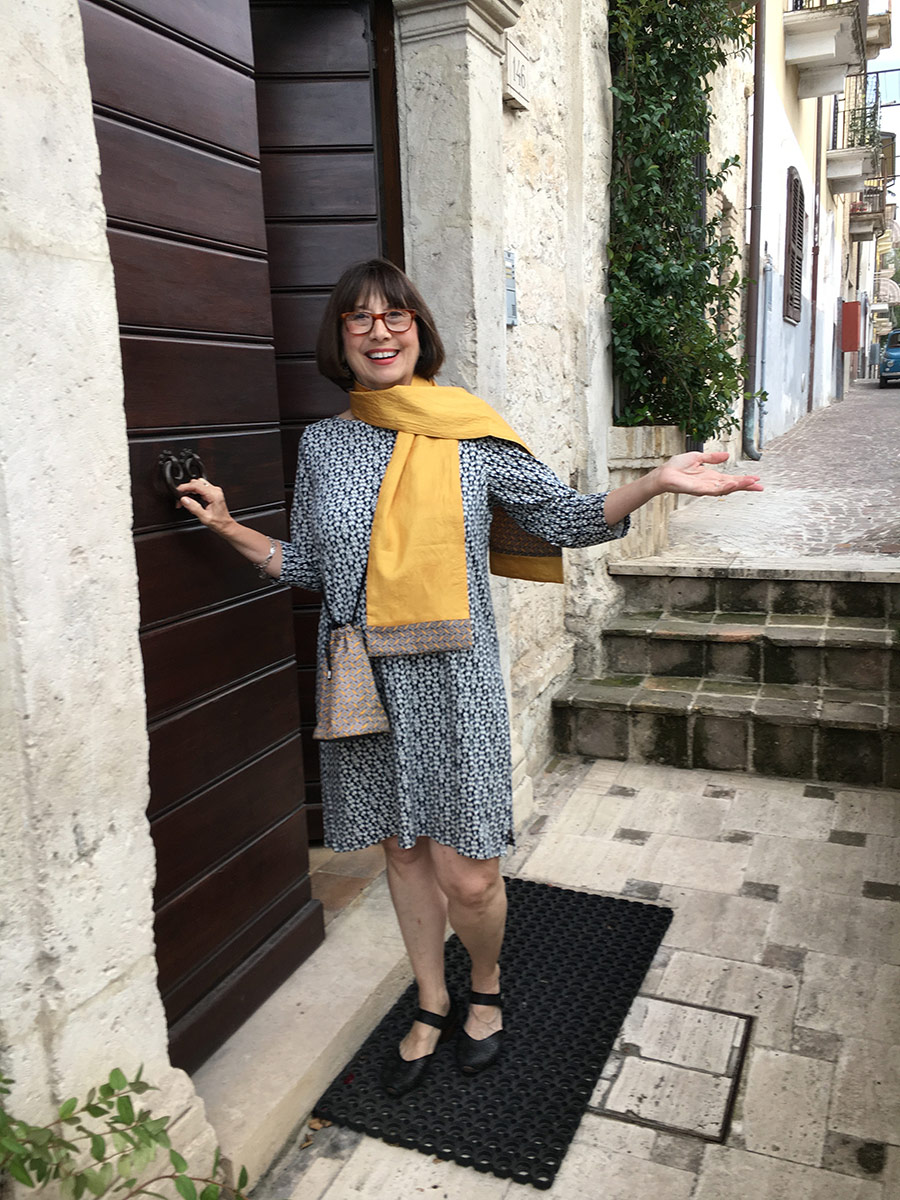
Linda Dini Jenkins is a card-carrying Italophile, travel planner, freelance writer, and amateur photographer. Travel is her passion, so writing about her travels just comes naturally. She hopes all her travelers find a way to express their joys, surprises, and fears as they travel and gives every traveler a nifty journal to help smooth the way. Learn more…

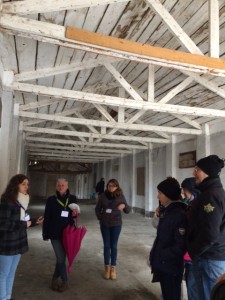
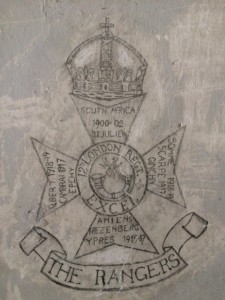
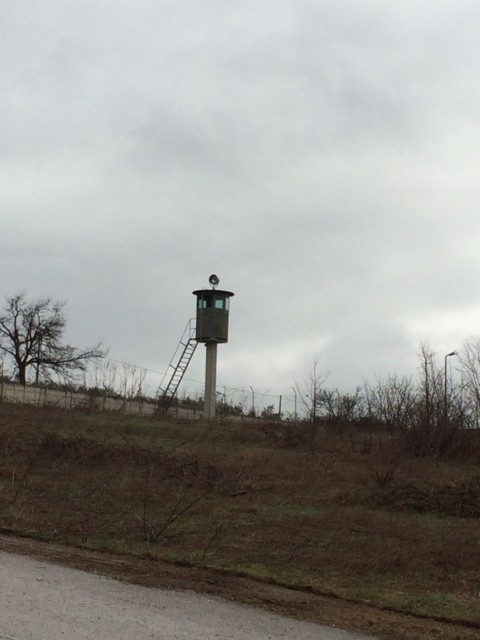
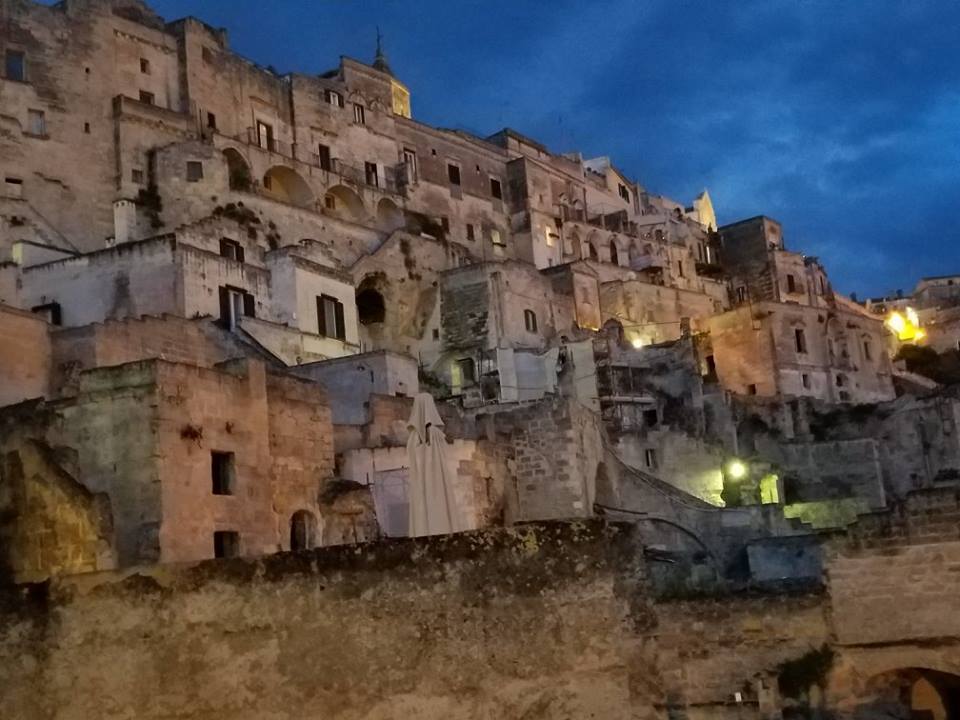
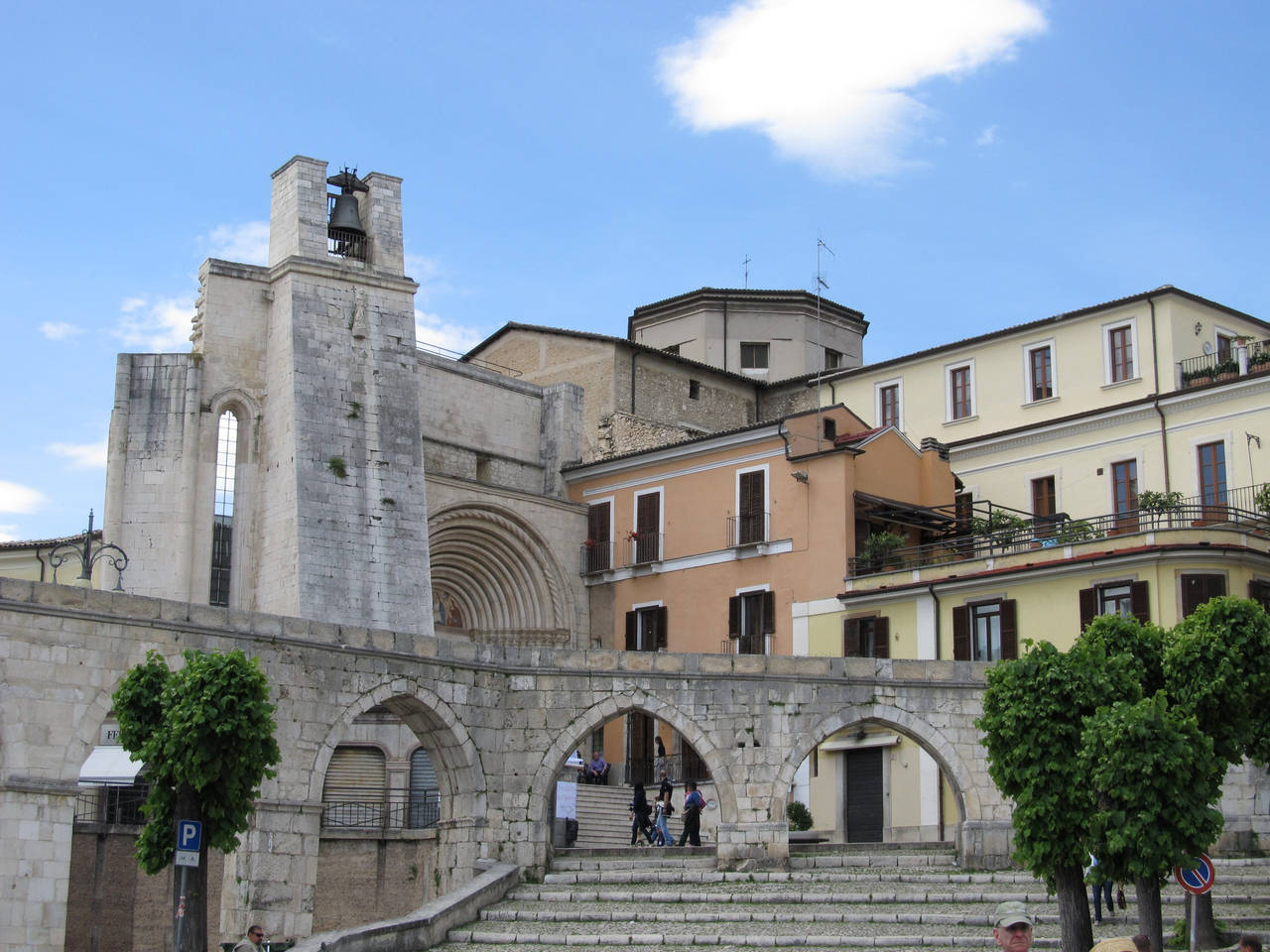

Recent Comments